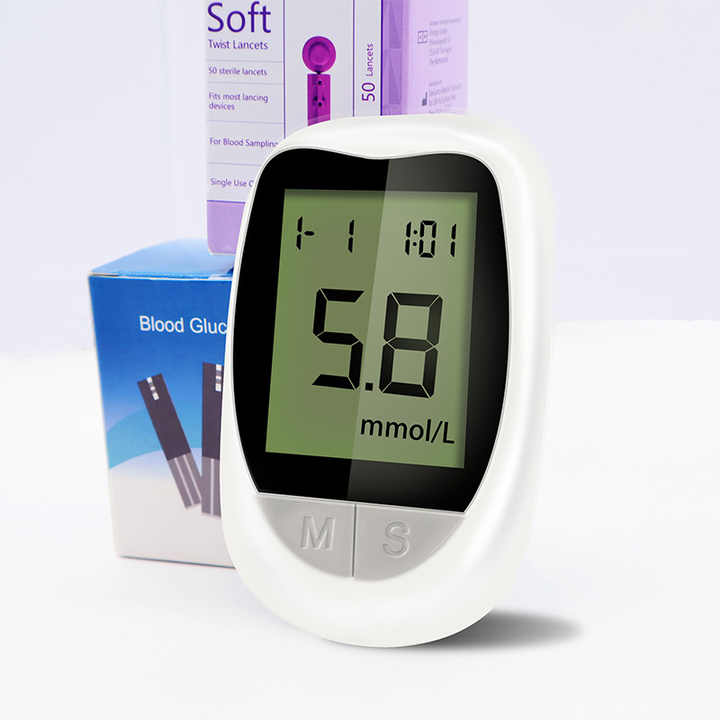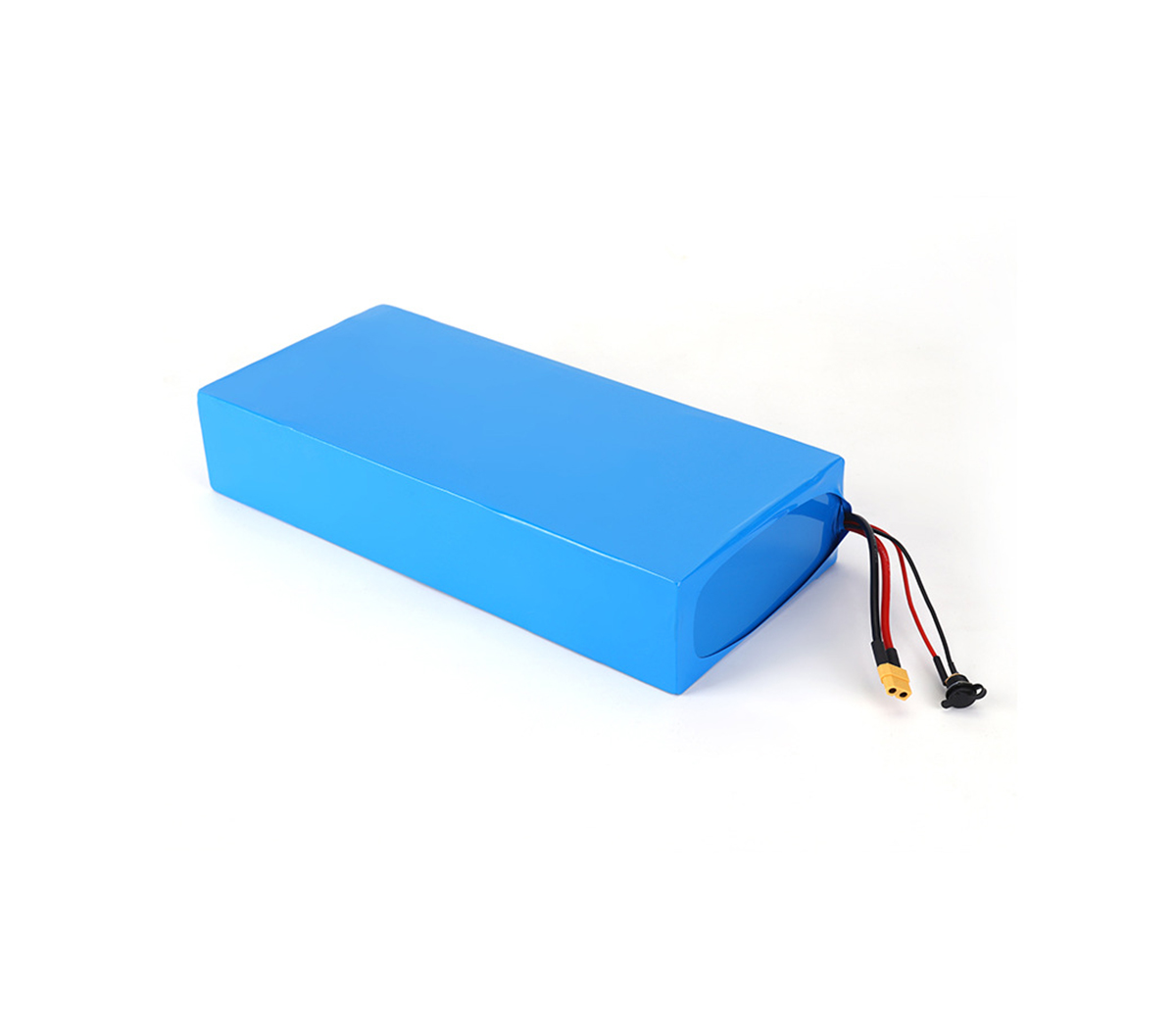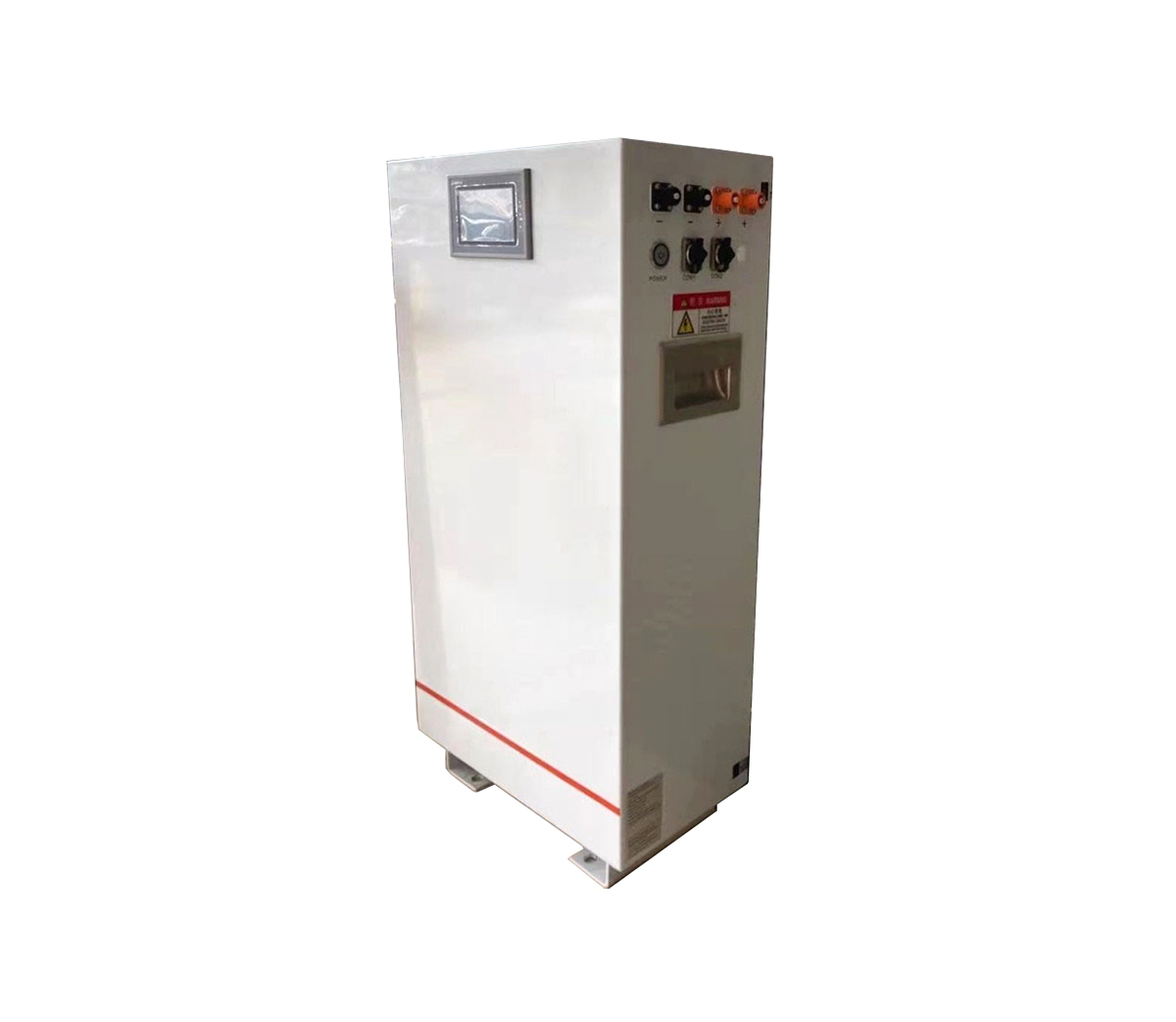
In theory, you can make a battery based on decay by using more magnetic
core materials according to the time needed. But the question is how long the
device needs to rest, and before the electrons deteriorate or fall apart, the
electrons How it will continue to operate in the application has nothing to do
with the radioactive decay mechanism itself.
The correct choice of long-life battery, even in a very low discharge
state, is more important than the analysis of the basic current-and-time battery
capacity.
The growing interest in long-lived embedded applications is just like the
endless engineering questions that remote data logging or electricity meters
bring: How do we drive or charge these devices? These devices, which usually
work in harsh environments, need to work for 10, 20, or even more years under a
small battery-powered state that is not often noticed.
For devices that only require a few years of continuous operation and a
short life cycle, the battery decision analysis starts from the basic analysis
of the current consumption, such as the various duty cycles of the battery, and
the comparison between the operating mode and the battery capacity (mA/hour) In
this way, you can get quite complex and complex applications and operating
cycles, but it is not too difficult, at least you can set an upper limit in the
worst case. However, when the equipment needs to operate for 10 years or longer,
the basic electronic analysis of the load current and the power capacity are
only small influencing factors, such as self-discharge, chemical deterioration
and shell corrosion will become major problems.
When I read the article "Designing and Fabricating a Multiple-Decade
Battery" published in Aerospace & Defense Technology (Aerospace &
Defense Technology), the reason why I was curious about battery life. This
article describes in detail a thermoelectric generator (TEG) based on
radioactive decay, which can theoretically run for 150 years. The architecture
uses a two-step process that I have never seen before. One is to generate light
for decay; the next is to use Solar cells generate electricity. The author hints
that this method is inefficient in the article. Unfortunately, the exact
conversion efficiency figures are not listed in the article, but I suspect it is
within the range of less than 5%. The thermoelectric generator has been
successfully used for more than 10 years by charging through radioactive decay,
especially the spacecraft with the smallest solar radiation. These
thermoelectric generators use a single-stage conversion process based on
radioactive decay heat energy, rather than two-step process (Two-step Process)
photons, and the Seebeck-junction thermocouple to generate electricity from the
attenuation heat.
This method provides power for Voyager 1 and 2 issued in 1977. The two
spacecraft are still traveling in space and continue to transmit data back to
Earth, even though they have crossed the fuzzy boundary of the solar system into
another outer space (Exospace). ). (Editor's note: The source of the spacecraft
mentioned by the author of this article is Voyager:
Seekingnewerworldsinthethirdgreatageofdiscovery written by StephenJ.Pyne~) There
are some work on using thermocouples to capture waste heat from the engine, but
how do these studies become reality? (Cost, reliability, size and efficiency) is
still unclear.
certainly! In theory, you can make a battery based on decay by using more
magnetic core materials according to the time needed. But the question is how
long the device needs to rest, and before the electrons deteriorate or fall
apart, the electrons How it will continue to operate in the application has
nothing to do with the radioactive decay mechanism itself. But if the battery
does not meet the needs of the past 100 years, no one will be around today to
criticize these tasks.
I also read two other articles about long-life batteries, one of which is
choosing the right battery for high-tech batteries
(ChoosingtheRightBatteriesforHigh-TechBatteries), which comes from the
NASATechBriefs (NASATechBriefs), which focuses on various chemical substances.
The properties of, especially the many interesting variants of the lithium
battery family, this article puts it in one sentence: very complicated. When you
need to use the battery for more than 10 years, even under very low current or
low rate pulse cycle, you will need to analyze many factors, such as
self-discharge and temperature rating. In addition, mA-Hr capacity has become
one of many parameters to consider. one.
Although the author of the above article comes from a well-known battery
manufacturer (Tadiran), and may have some deviations in opinions, I would rather
listen to the research records of some people who have actually developed
products in this field, and the delicate manufacturing and production of
products Problem, not just an academic expert. (Editor’s note: The author’s
vernacular is that... he doesn’t trust the arguments of the experts on the
paper...) The same battery supplier also has a small article "Power Your
Wireless Sensors for 40 Years", This short article overlaps with the article
mentioned earlier, but it also adds some new information.
Are you involved in deciding the choice of long-life battery? How do you
evaluate the basic power capacity required by the battery in a complex operating
cycle? How do you decide the shape and chemistry of the long-life battery will
be feasible?



































